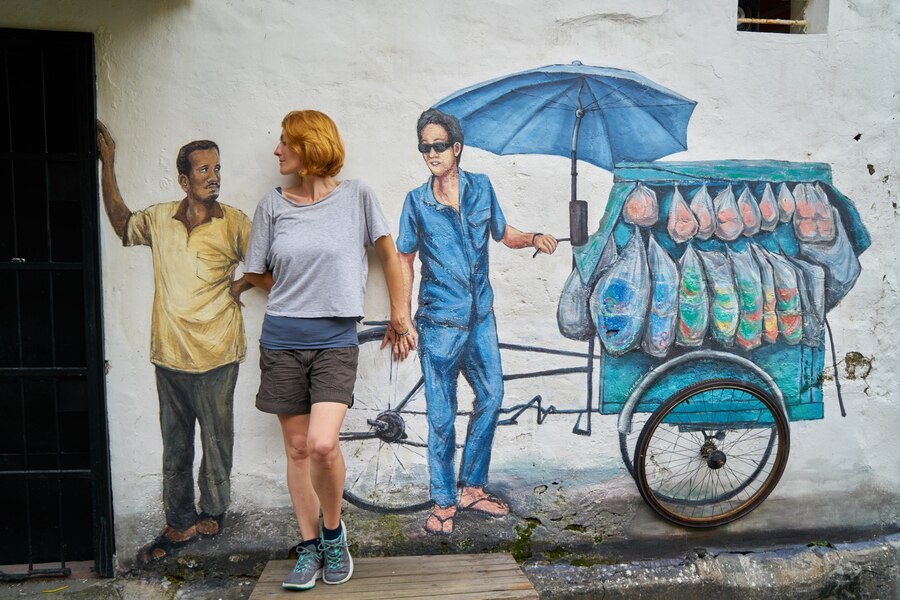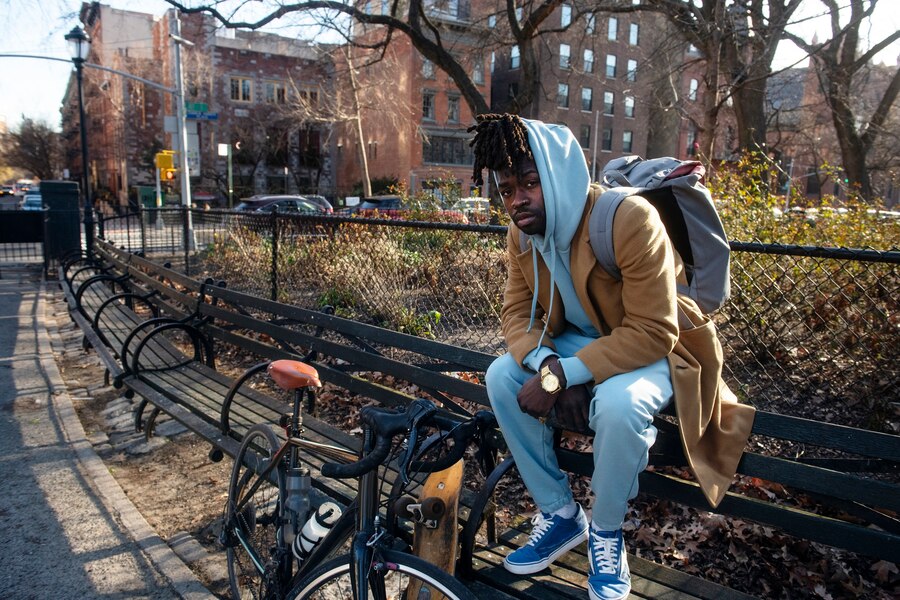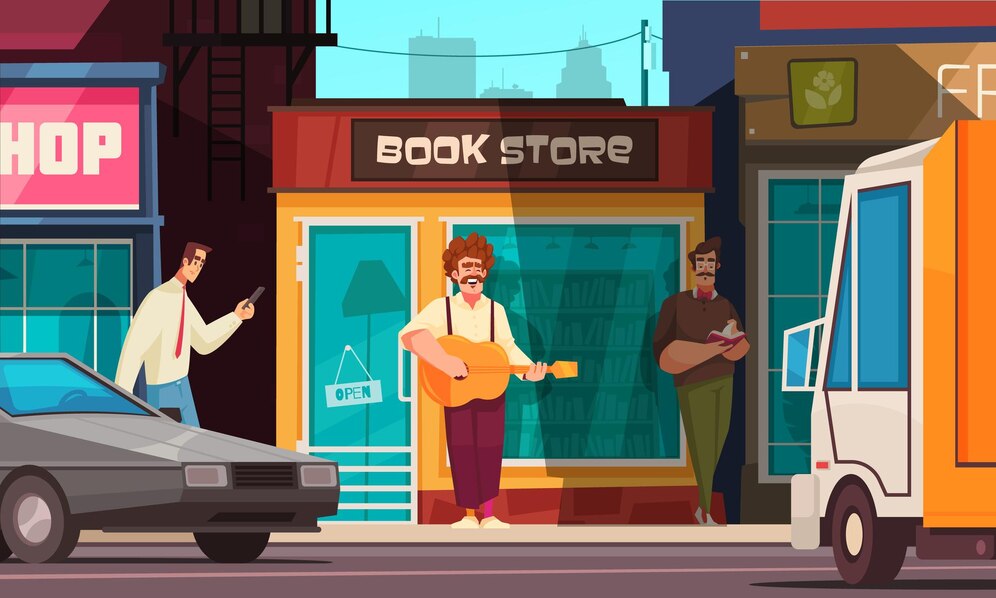Iconic Street Murals in Melbourne, Australia, is not just a city of culture, cuisine, and coffee—it is also a dynamic canvas for one of the world’s most vibrant street art scenes. The untold stories behind iconic street murals in Melbourne paint a rich tapestry of rebellion, identity, and expression.
These murals, scattered throughout the city’s laneways and alleyways, transcend traditional art forms and embody the collective consciousness of a community that has embraced street art as a legitimate and powerful medium of communication. Melbourne’s street art culture is so influential that it has even become a significant part of its global identity, attracting tourists, artists, and street art enthusiasts from all over the world.

Melbourne’s love affair with street art began in the late 20th century, but it was only in the early 2000s that the city truly began to embrace this unconventional form of art. Since then, it has flourished, with entire streets and laneways becoming living, breathing galleries. But beneath the layers of vibrant colors, intricate designs, and awe-inspiring street murals, there are stories—untold stories—that reveal the history, culture, and significance of these iconic murals.
The Rise of Street Art in Melbourne
From Graffiti to Street Art: A Cultural Shift
Street art in Melbourne has roots deeply embedded in graffiti culture. Initially seen as an act of rebellion, tagging, and illegal graffiti were common throughout Melbourne’s urban landscape. In the 1980s and 1990s, graffiti was often viewed negatively by the general public, associated with vandalism and urban decay. However, as the new millennium approached, a shift began to occur in both public perception and the legal landscape. The city’s local government, along with cultural leaders, began to recognize the artistic merit in this form of expression, prompting a more nuanced and supportive approach.
One of the key moments in Melbourne’s street art history was the creation of Hosier Lane in the heart of the city. Today, this laneway is a focal point of Melbourne’s street art scene, where murals change frequently, creating a dynamic visual experience for both locals and visitors. Hosier Lane, along with many other laneways, like AC/DC Lane and Duckboard Place, became open-air galleries where street artists could express themselves without fear of retribution. Over the years, these spaces evolved into cultural landmarks that showcase the work of renowned international street artists, such as Banksy, Rone, and Adnate.
For a deeper dive into the evolution of street art in Melbourne, visit The City of Melbourne’s Cultural Arts page for resources and programs that celebrate the city’s commitment to street art and culture.
Cultural Significance of Melbourne’s Street Murals
Street art in Melbourne is not just an aesthetic statement; it is a social commentary. Every mural tells a story—whether it’s about political activism, personal struggles, or a reflection on cultural identity. Melbourne’s street murals often reflect the multiculturalism that defines the city, incorporating diverse cultural references and dealing with global issues such as environmentalism, social justice, and mental health.
For instance, one of Melbourne’s most famous murals, created by local artist Adnate, captures the faces of Indigenous Australians, showcasing the deep cultural and historical roots of the city’s First Nations people. These murals serve as a reminder of Australia’s past and the ongoing struggle for reconciliation between Indigenous and non-Indigenous Australians. The “First Nations” mural by Adnate on Hosier Lane is a testament to the importance of street art in communicating significant social and political messages to a wide audience.
Hosier Lane isn’t the only place where these murals live. Other popular areas, like Fitzroy, have a reputation for larger-than-life pieces that express the community’s identity. Artists like Lushsux have pushed boundaries with thought-provoking and sometimes controversial work that gets people talking about freedom of expression, identity, and censorship. This reflects the way Melbourne has come to embrace street art not only as a form of art but as a form of activism and protest.
For more on the powerful narratives of street art in Melbourne, check out Street Art Melbourne, which provides a comprehensive guide to the city’s famous murals, artists, and locations.
![]()
The Stories Behind Iconic Street Murals
1. The Rone Mural on Collingwood’s Abandoned Factory
One of the most iconic murals in Melbourne is by the artist Rone, who is known for his large-scale, portrait-style murals. His piece in an abandoned factory in Collingwood is a captivating example of his work. It features a portrait of a woman with ethereal qualities, reflecting themes of decay, nostalgia, and transformation. The factory itself was a site of historical significance, having been a place of labor and industry before falling into disrepair. This juxtaposition of the beauty of the mural against the dilapidated backdrop of the factory captures a haunting sense of both loss and renewal.
Rone’s work in this location—like many of his murals—is a commentary on the transitory nature of life and the power of art to breathe new life into forgotten spaces. The Collingwood mural was part of a larger project called “The Alpha Project,” which sought to revitalize Melbourne’s urban landscape through street art. This mural is not only a visual masterpiece but also a powerful statement about the role of art in revitalizing neglected spaces.
To learn more about Rone’s murals, visit his official website.
2. The Famous “Banksy” Piece in Melbourne’s Hosier Lane
The elusive British street artist Banksy left his mark on Melbourne with a controversial and iconic mural in Hosier Lane. This piece, known as “The Girl with the Red Balloon,” showcases a young girl reaching for a red balloon, which is believed to symbolize hope and innocence. The mural was initially seen as an act of vandalism, but as Banksy’s reputation grew globally, this piece became a symbol of Melbourne’s evolving relationship with street art.
Banksy’s presence in Melbourne has spurred debates about the commercialization of street art. His murals, while still celebrated by many, have also been subject to removal or destruction by those who view them as too valuable to remain on the street. The mural in Hosier Lane was one of the artist’s most significant contributions to Melbourne’s street art scene, drawing attention to the tension between art for the public and art as an investment.
For a deep dive into Banksy’s impact on Melbourne’s street art, check out Banksy’s Story and his contributions to global art culture.
3. The “Unity” Mural by Lushsux
Lushsux, one of Melbourne’s most provocative street artists, created the “Unity” mural on a prominent wall in Fitzroy. This mural features a combination of pop culture references and political messages. The artwork depicts the heads of world leaders with exaggerated features, provoking both admiration and controversy. Lushsux is known for his irreverent take on celebrity culture, politics, and social issues, using humor and satire to get people to think critically about the world around them.
Lushsux’s work on the “Unity” mural exemplifies how street art in Melbourne is often not just about aesthetics but also about challenging societal norms and pushing boundaries. His murals often blur the line between parody and critique, questioning power structures and how they are represented in the media and public consciousness.
For more on Lushsux and his provocative art, check out his Instagram page to stay updated on his latest works.
The Global Influence of Melbourne’s Street Art
Melbourne’s Street Art Scene as a Global Icon
Melbourne’s street art scene has not only influenced local artists but has also attracted international artists, turning the city into a global hub for street art. The city’s open embrace of street art as an art form, as opposed to merely graffiti, has allowed artists from around the world to showcase their work in Melbourne’s public spaces. The diversity of artistic styles and cultural backgrounds among the city’s street artists contributes to Melbourne’s unique identity in the global art world.
Moreover, Melbourne’s support for street art through the establishment of laneways like Hosier Lane and the Artist-in-Residence program has been pivotal in creating a sustainable space for this art form. The city has effectively positioned itself as a global leader in the street art movement, fostering both local talent and international collaborations.
For further insight into Melbourne’s impact on the global street art scene, visit Global Street Art News.
Comparison of Iconic Street Murals in Melbourne
| Mural Location | Artist | Style/Theme | Cultural Significance | Impact on Public Perception |
|---|---|---|---|---|
| Rone’s Collingwood Factory Mural | Rone | Large-scale portrait, nostalgia | Transformation, decay, nostalgia | Revitalized abandoned spaces, drew attention to industrial decay |
| Banksy’s “Girl with the Red Balloon” | Banksy | Minimalist, political | Hope, innocence, rebellion | Sparked debate on street art commercialization |
| Lushsux’s “Unity” Mural | Lushsux | Pop culture, political satire | Humor, critique of global politics | Provoked thought and controversy around power structures |
FAQs About Iconic Street Murals in Melbourne
1. What is the significance of Melbourne’s street art?
Melbourne’s street art is significant because it reflects the city’s cultural diversity, political climate, and social issues. It serves as both an artistic expression and a form of social commentary.
2. Are all the murals in Melbourne legal?
While many murals in Melbourne are commissioned and legal, some street art pieces are done without permission. However, the city has become more tolerant of street art in certain areas, fostering a legal and artistic culture around it.
3. How can I find the best street art in Melbourne?
The best way to explore Melbourne’s street art is to take a walking tour of famous laneways like Hosier Lane, AC/DC Lane, and Duckboard Place. Alternatively, there are many online guides and street art tours available.
4. Why is Hosier Lane so famous?
Hosier Lane is famous for its constantly evolving street art, with artists from around the world contributing to its walls. It’s considered a major cultural landmark in Melbourne and a must-see for street art enthusiasts.
5. Who are some of the most famous street artists in Melbourne?
Some of the most famous street artists in Melbourne include Rone, Adnate, Lushsux, and Banksy. These artists have made significant contributions to the global street art movement.
Conclusion: The Enduring Legacy of Melbourne’s Street Murals
Melbourne’s street murals are not just visual spectacles; they are living narratives that reveal the city’s cultural heart and soul. From the rebellious roots of graffiti to the vibrant, globally recognized street art movement it is today, Melbourne’s murals continue to evolve, reflecting the ever-changing dynamics of society.
Each mural, whether created by an international star like Banksy or a local talent like Lushsux, holds a story—stories that have often gone untold and that continue to resonate with those who take the time to look closer. These murals are more than just art; they are a conversation between the artist and the city, a dialogue that speaks to the power of public art and the stories it can tell about history, identity, and community.


